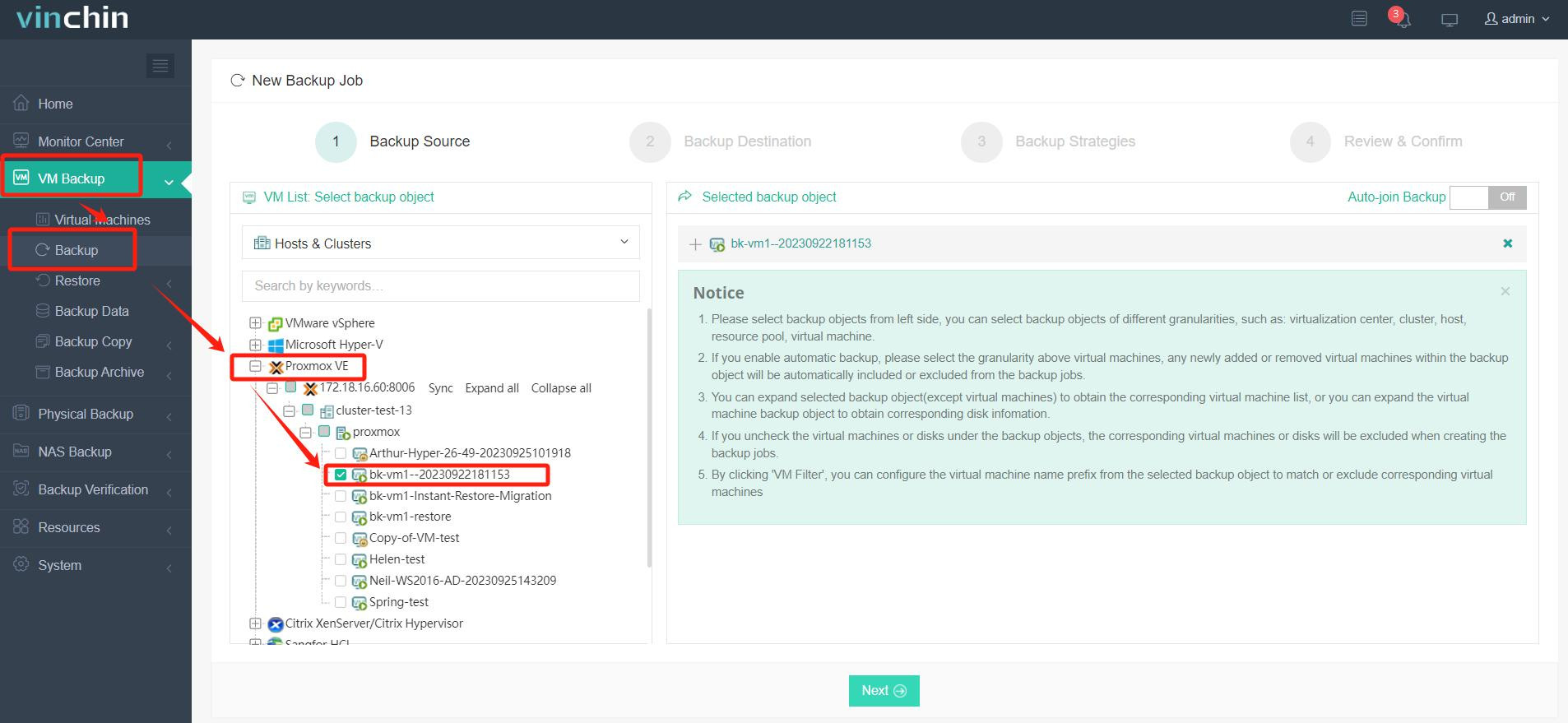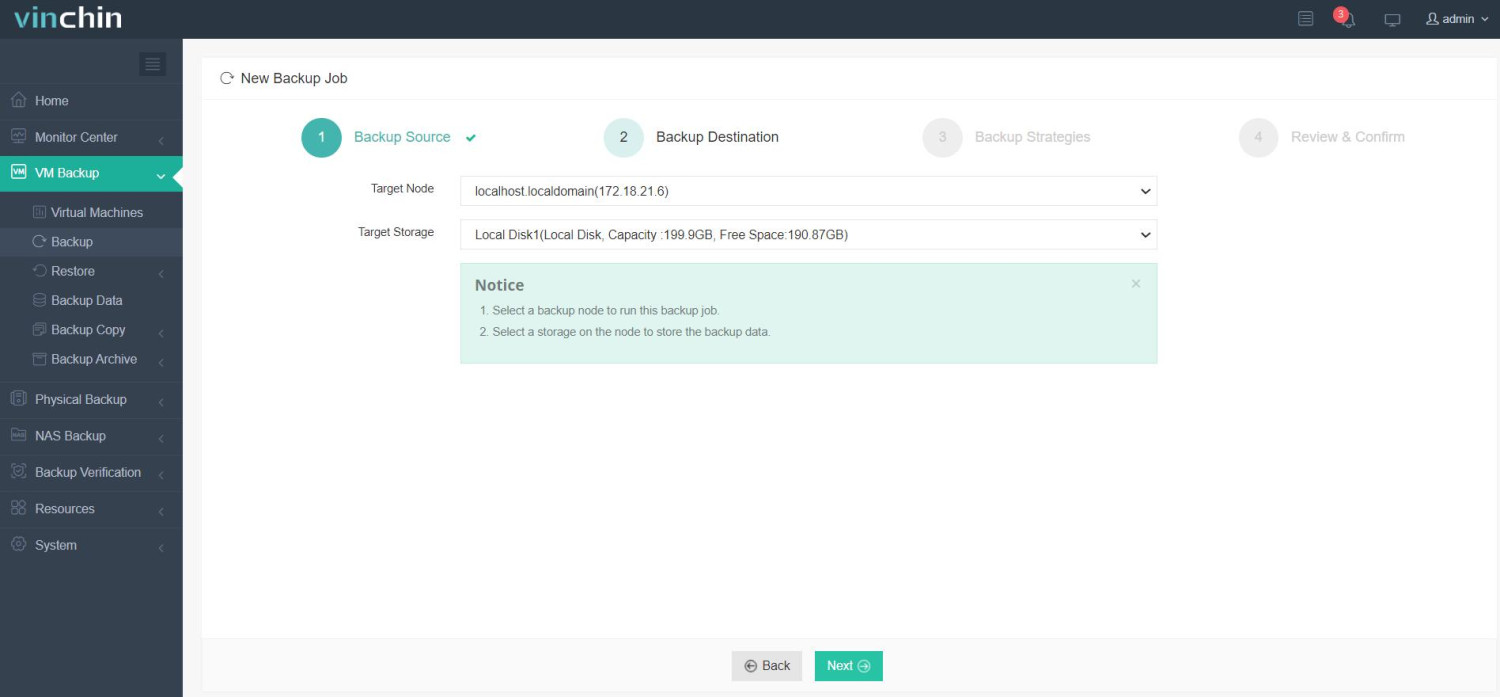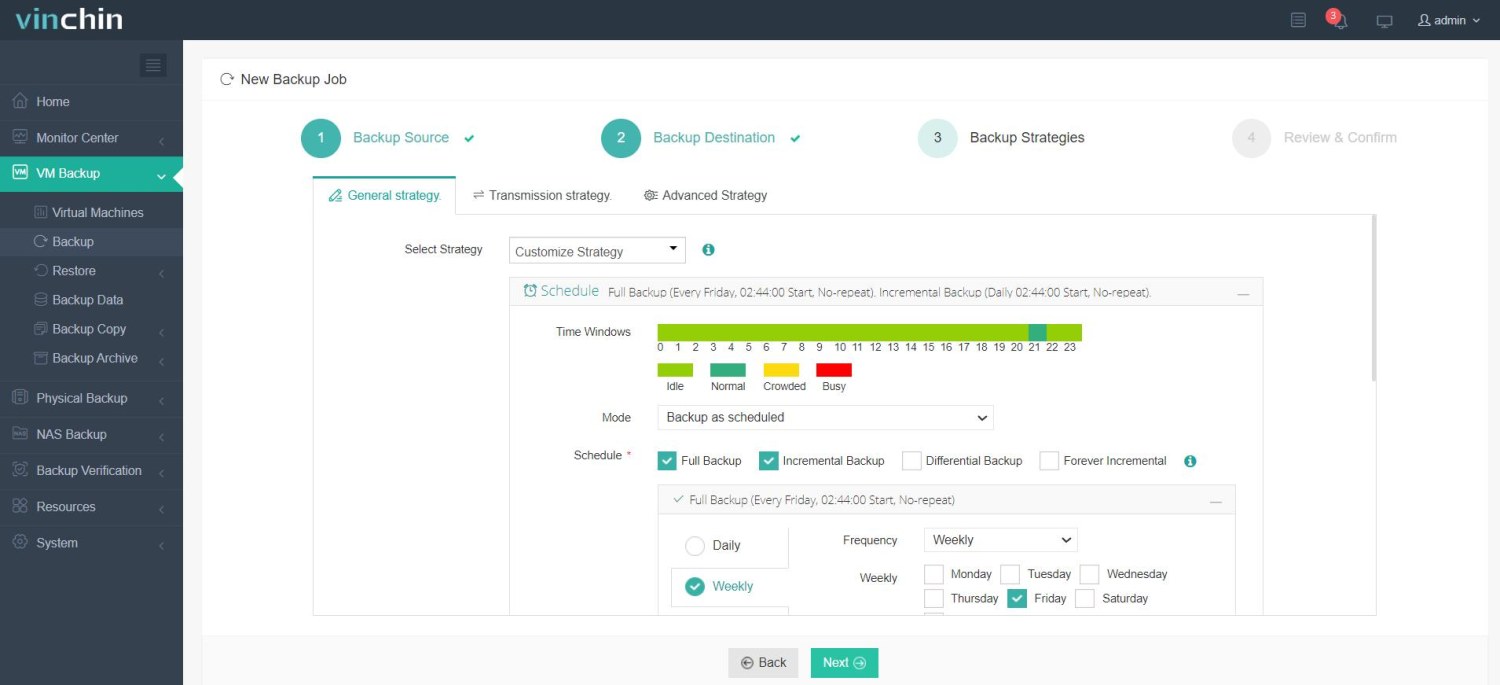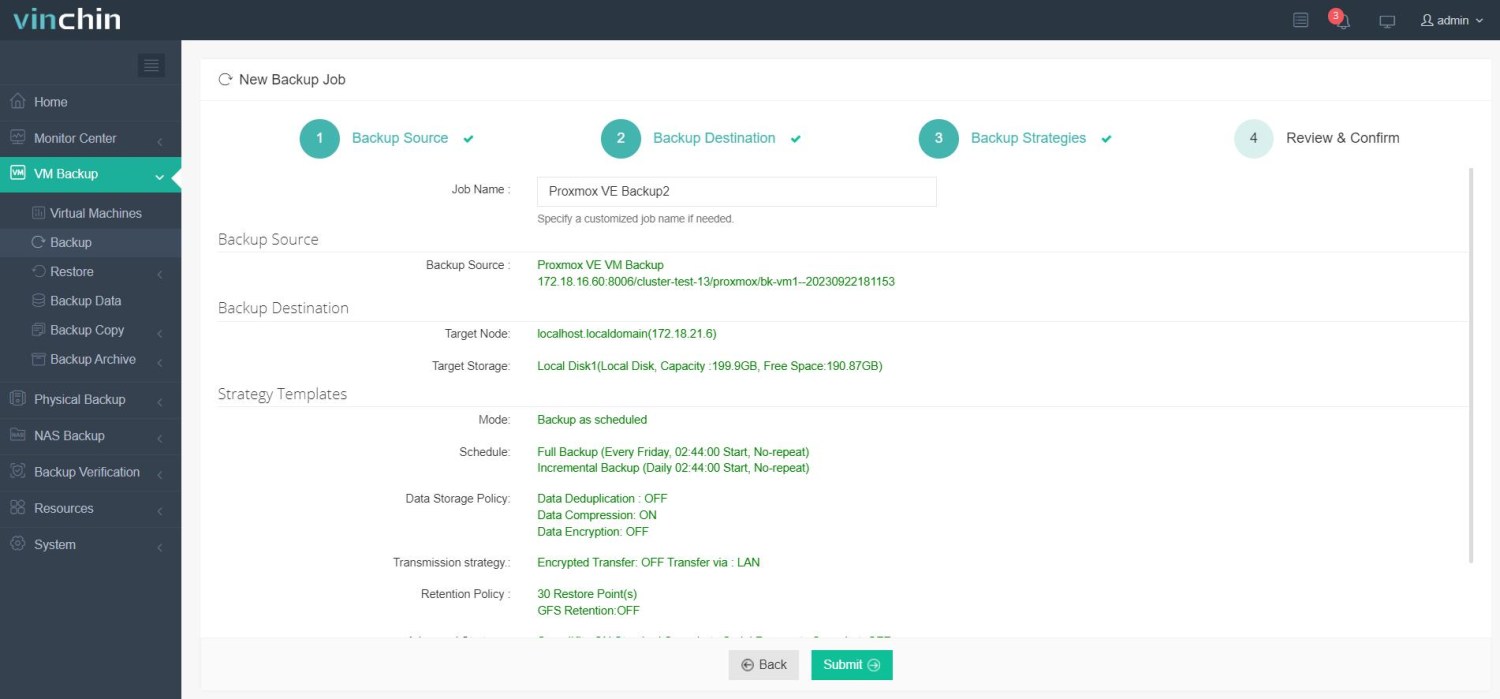-
Causes of Proxmox not booting
-
How to start recovery mode in Proxmox?
-
How does Vinchin Backup & Recovery simplify Proxmox VM backups?
-
Proxmox Recovery Mode FAQs
-
Conclusion
In the IT field, system failures can occur at any time. Proxmox is a powerful open-source virtualization platform based on Linux, providing enterprises with flexible and scalable solutions. However, even the most reliable systems can encounter issues. Whether due to software issues, hardware failures, or other reasons, entering Proxmox recovery mode becomes a crucial step in resolving problems when the Proxmox system fails to boot normally.
Proxmox Recovery Mode is a feature designed to help administrators troubleshoot and recover from system failures or issues within the Proxmox Virtual Environment (PVE). It provides access to various recovery tools and options to repair the system and restore functionality.
Causes of Proxmox not booting
The reasons for Proxmox failing to start could include:
Cause 1 - Software issues
Proxmox may fail to boot due to a software update failure. This could occur due to network issues while downloading update packages, failed integrity checks of update packages, or unexpected errors during the update process. In such cases, the system may fail to properly load the required updates or configurations, resulting in a boot failure.
Cause 2 - Hardware failure
Hardware problems include disk failures, memory problems, or CPU errors. Disk failures may result in the inability to read system files or data loss, memory issues can lead to system crashes or the inability to load necessary system components, while CPU errors may cause the system to function improperly.
Cause 3 - Configuration errors
Incorrect configurations can lead to Proxmox system startup failures, such as incorrect disk partitioning, networking configuration issues, or improper permission settings. Configuration errors may prevent the system from recognizing or accessing necessary resources, thereby hindering the startup process.
Cause 4 - File system corruption
File system corruption in Proxmox can prevent the system from booting, which may occur due to sudden power outages, disk damage, or file system errors. File system corruption can lead to data loss or damage within the file system, resulting in the system's inability to boot or operate properly.
How to start recovery mode in Proxmox?
To start Proxmox recovery mode, you can follow these steps.
Step1. Restart the Proxmox server
First, you need to restart the Proxmox server. You can reboot it either by physically accessing the server or remotely through the remote management tool.
Step2. Select Proxmox recovery mode
When the server reboots, you need to press the appropriate key during the boot process to access the boot menu. Typically, this key is the F8, F11, or ESC key, depending on your server hardware. Once you enter the boot menu, you will be presented with a number of options, one of which is for booting into Proxmox recovery mode.
Step3. Enter recovery mode in Proxmox
Use the arrow keys on the keyboard to select the recovery mode option > press Enter to confirm your selection. The system will begin booting into recovery mode.
Step4. Perform necessary repairs
Once in Proxmox recovery mode, perform a series of repair operations based on the issues encountered. This may include repairing the file system, restoring backups, fixing configuration errors, and more.
Step5. Exit Proxmox recovery mode
After completing the repair operation, you can reboot the server and exit Proxmox recovery mode. Select the Normal Boot option in the boot menu and press Enter to restart the server.
How does Vinchin Backup & Recovery simplify Proxmox VM backups?
The recovery mode of Proxmox once again highlights the urgency of data backup. In the event of system failure, Proxmox VM backup is an essential measure to ensure business continuity. Therefore, it is recommended to use third-party backup software, Vinchin Backup & Recovery to regularly back up VMs.
Vinchin Backup & Recovery is a backup solution designed specifically for virtual machines such as Proxmox, VMware, Hyper-V, XenServer, XCP-ng, oVirt, and RHV. It offers comprehensive and powerful virtual machine backup and recovery capabilities, including agentless backup, instant recovery, and V2V migration. These features are aimed at providing reliable protection for your IT infrastructure, ensuring that your business can quickly resume normal operations in the event of a disaster, thus minimizing the impact of failures as much as possible.
Vinchin Backup & Recovery’s operation is very simple, just a few simple steps.
1. Just select VMs on the host

2.Then select backup destination

3.Select strategies

4.Finally submit the job

In addition, Vinchin offers a 60-day free trial period for users to experience its functionality in real-world environments. For further information, please contact Vinchin directly or get in touch with our local partners. Regularly backing up your virtual machines ensures that your business can continue to operate smoothly at all times.
Proxmox Recovery Mode FAQs
Q1: Are There Any Risks Associated with Using Proxmox Recovery Mode?
A1: While Proxmox Recovery Mode provides essential tools for system recovery, it's important to proceed with caution as incorrect actions or changes made in recovery mode can potentially cause further damage to the system. Always ensure you have recent backups available before making any significant changes.
Q2: What Should I Do If Proxmox Recovery Mode Fails to Resolve the Issue?
A2: If Proxmox Recovery Mode fails to resolve the issue or if you encounter difficulties during the recovery process, it's advisable to seek assistance from Proxmox support forums, community resources, or professional services. They can provide additional guidance and support for troubleshooting complex issues.
Conclusion
Proxmox recovery models are critical to resolving system failures, while Vinchin Backup and Recovery provides a simple and effective solution to ensure business continuity with comprehensive VM backup and recovery capabilities. By regularly backing up virtual machines with Vinchin, organizations can minimize the impact of failures and quickly return to normal operations in the event of a disaster.
Share on:







